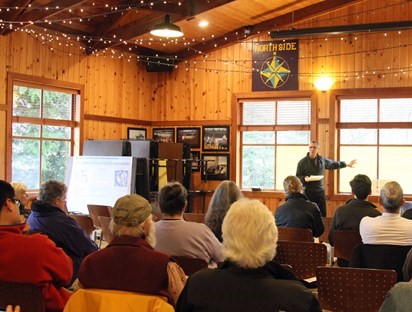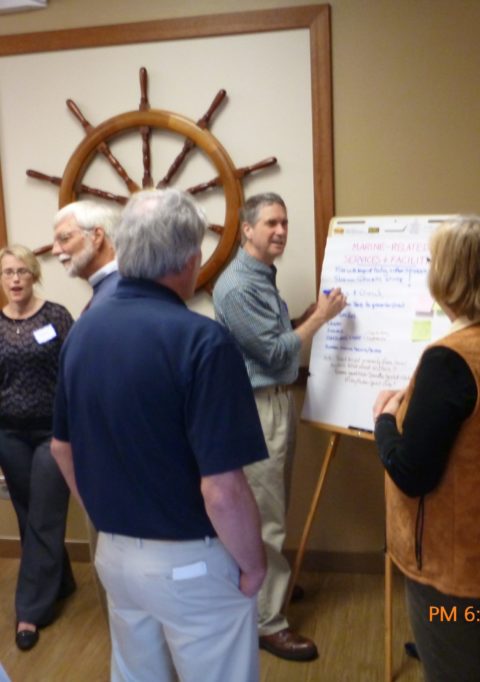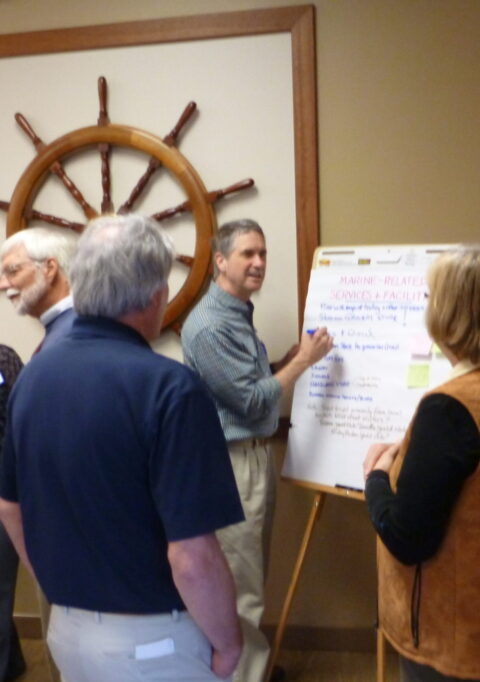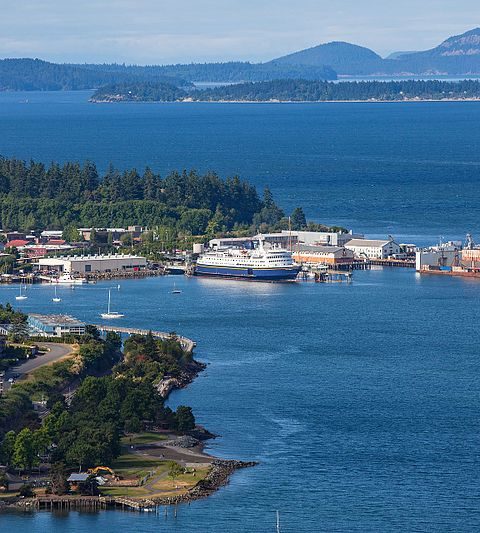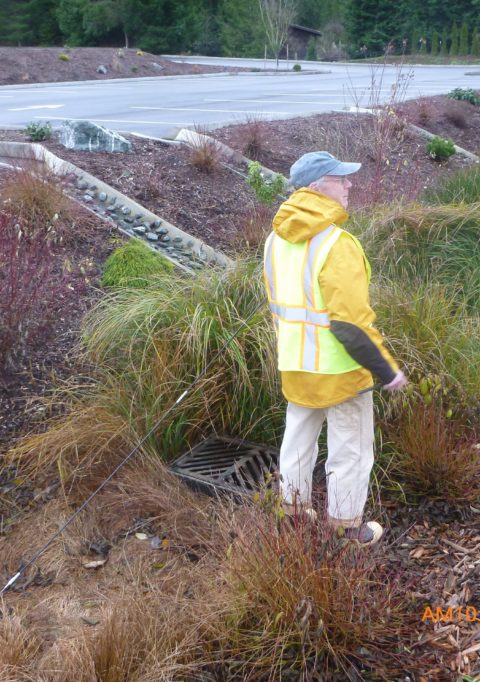Vancouver, Wash. – Maul Foster & Alongi, Inc. (MFA), a leading Pacific Northwest multidisciplinary firm, is excited to announce the acquisition of Peak Sustainability Group, a respected Bellingham, Washington-based firm specializing in climate change and sustainability services. The acquisition of Peak reflects MFA’s ongoing commitment to environmental stewardship and sustainable business practices. This partnership enables MFA…
American Opportunity Carbon Fee Act of 2019
American Opportunity Carbon Fee Act of 2019
This act would levy a fee (tax) on US greenhouse gas (GHG) emissions, largely on carbon dioxide (CO2). It would significantly lower GHG emissions in the United States while generating substantial revenue—all of which would be returned to the American people.
How effective can a carbon fee be?
- Under the carbon fee scenario in the proposed American Opportunity Carbon Fee Act, emissions fall almost 45% from 2015 to 2030.
- Emissions in 2030 would be almost half the emissions in 2005.
- The US pledge promises US emissions levels 26–28% below 2005 by 2025. Modeling suggests the American Opportunity Carbon Fee Act would yield considerably more reductions in 2025 than outlined in the pledge.
- While the carbon fee in the proposed bill would apply to the carbon content of all fossil fuels, including petroleum, 75% of the emissions reductions come from the electricity generation sector.









